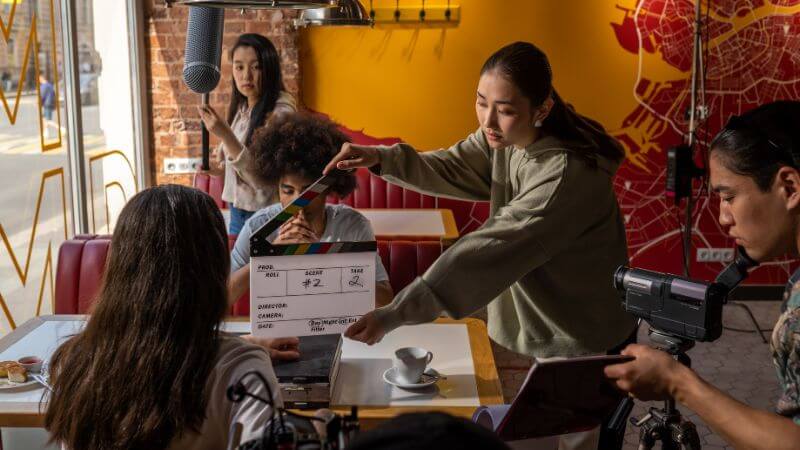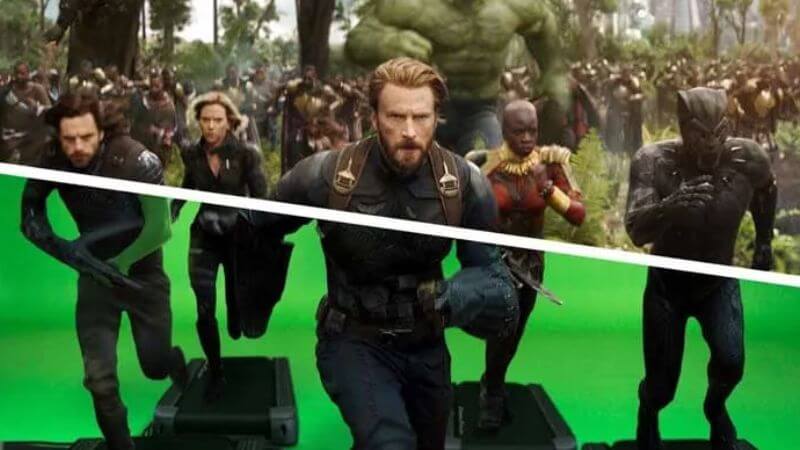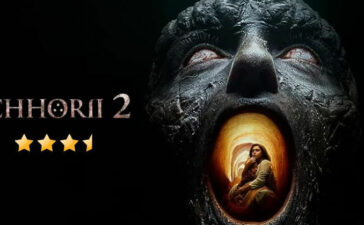As we tread through the 21st century, it’s impossible to dismiss the deep and significant impact technology has had on the world of cinema. Like a masterful director, technology has taken a pivotal role in shaping the cinematic experience, elevating storytelling to a realm that was once only in the territory of dreams. The evolution of film and TV is proof of our relentless pursuit of creating engaging and immersive experiences, a journey from silent black-and-white movies to the high-definition, surround-sound spectacles of today.
The Intersection Of Technology And Storytelling

Imagine being able to feel the rumble of an earthquake or the thunderous applause in a concert through the screen. Enter the realm of Dolby Atmos, a sound technology that has revolutionized the auditory experience of cinema. By enveloping viewers in a three-dimensional soundscape, Dolby Atmos allows the narrative to come alive, immersing the audience in the story.
Similarly, technologies such as IMAX and RealD 3D have transformed visual storytelling, offering unparalleled depth and clarity. These advancements enable filmmakers to craft stunning visual narratives, engrossing the audience in a way that blurs the boundary between the reel and the real.
The Art Of Visual Effects And CGI

The realm of visual effects (VFX) and Computer-Generated Imagery (CGI) has arguably witnessed the most dynamic evolution. CGI enables filmmakers to sculpt grandiose, fantastical landscapes or generate lifelike creatures that wouldn’t be possible with traditional filming techniques. Films such as “Avatar” and “The Lord of the Rings” trilogy owe their immersive universes to the prowess of CGI.
In the realm of VFX, motion capture technology has changed the game. By capturing the actor’s movements and translating them into a digital model, this technology allows for a seamless blend of human performance and digital creation. Andy Serkis’s portrayal of Gollum in “The Lord of the Rings” trilogy is a stellar example of motion capture technology’s potential to deliver nuanced performances.
The Rise Of Branded Entertainment

As storytelling has evolved, so has the way brands interact with the cinematic world. We’ve shifted from overt product placements to a subtler approach of embedding brand narratives within films and TV shows. A novel example of this trend is Unibet Hu. Not only does this brand make appearances in entertainment mediums, but it also provides a form of entertainment itself with its immersive online casino offering. This blend of advertising and storytelling presents a win-win scenario, enriching the narrative while subtly promoting the brand.
Peering Into The Future Of Cinema

The landscape of cinematic technology is ripe with potential, teetering on the brink of further evolutionary leaps. Virtual reality (VR) offers an exciting frontier, enabling audiences to literally step into the film’s world. Imagine being in the thick of a battle sequence or walking down the bustling streets of a period drama – VR could make this possible.
Another promising development is the rise of streaming platforms. Services like Netflix and Amazon Prime Video are not just content distributors; they reshape production, distribution, and consumption norms. These platforms push the boundaries of technology and creativity, making high-quality content more accessible.
Moreover, advancements in 3D technology, such as glasses-free 3D, could redefine our cinema experience. These technologies aim to make 3D viewing more natural and comfortable, adding a new dimension to cinematic storytelling.
Follow Us: Facebook | Instagram | Twitter |
Youtube | Pinterest | Google News |
Cinetales is on YouTube; click here to subscribe for the latest videos and updates.










